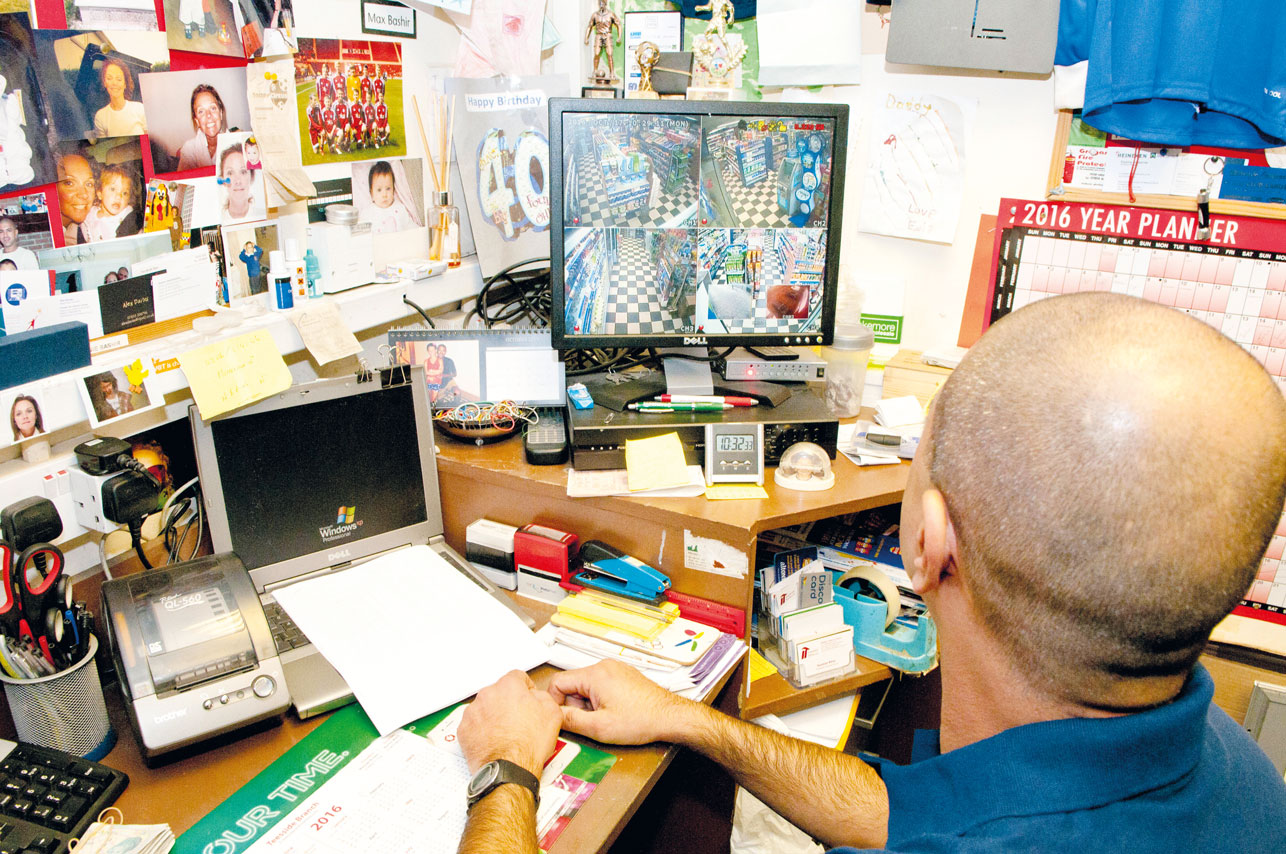At the end of the IAA judging session, the three panels each shared their thoughts on “what worked well” and what would be “even better if” in terms of the submissions they had rated.
The divide between the great shops and the good again boiled down to the way that some retailers were able to tell their story in words and pictures. The challenge to the IAA team is how to capture what good looks like so all retailers can learn how to explain what they are good at.
In my experience, the first barrier for independent retailers is often things that they don’t think twice about – small things that they do for customers that create delight. “What, that little thing”, they say to me in surprise. “Yes, that little thing,” I reply.
Bay Bashir, the IAA retail ambassador and a judge, admitted that he kept on scribbling down ideas for his own shops while reading through the notes. What the top guys share through the IAA, other retailers can engage with, he said. “With a little energy, we can all raise standards.”
Linda Sood, national president of the NFRN, agreed and said that the IAA benchmarks were something that all retailers should use. “We should always be looking for new things to bring to our store,” she said.
Helen Sheridan from Powerforce said that the passion and obsession and pride of the retailers’ businesses that she had judged was inspiring. Not enough people know about the IAA, she said.
Lauren George of Mars Wrigley agreed. “What stood out was the passion and drive for improvement.” The conversations needs to be wider across the trade.
Kent retailer Adam Hogwood, who had not benchmarked his store this year, said what united stores of all sizes was the owners passion for the business and taking part provided them with a glimpse of the future. Clearly, he said, independents needed to get better at using data to guide their decisions.
One Stop’s John Miller said that there was a wealth of information made available to independent retailers through the IAA and others and the challenge was for more retailers to use the tools available to them.
Chris Hughes of News UK said that the IAA helped give the trade an idea of what good looked like. There is real knowledge and know-how being shared through the Retail Profit Guide and the IAA benchmarks.
Steve Denham of Better Retailing said the trends were clear: convenience was merging with eating out of home, which was what shoppers were seeking.
PayPoint’s Paul Dowers noted that all three judging groups had agreed on what great looked like and this needed to be fed back to other retailers. He was impressed by the digital engagement shown by many of the top retailers.
Hena Chandarana of Pladis said the whole IAA process joined up. The small smart steps added up to more sales and profits. Her ‘even better if’ was to get more shops to take part.
This is a cross section of the thoughts shared. If you are one of those retailers who doesn’t take part, then you should think again. The IAA is about benchmarking your shop and while it takes some hard work to think about how your shop is operating, the benefits are proven.
Most importantly, standards across the independent channel need to rise. This not only benefits your business individually, but also collectively. As more local shops improve their disciplines, the better job the local and national supply chain can do to help everyone compete with the multiples.





Comments
This article doesn't have any comments yet, be the first!